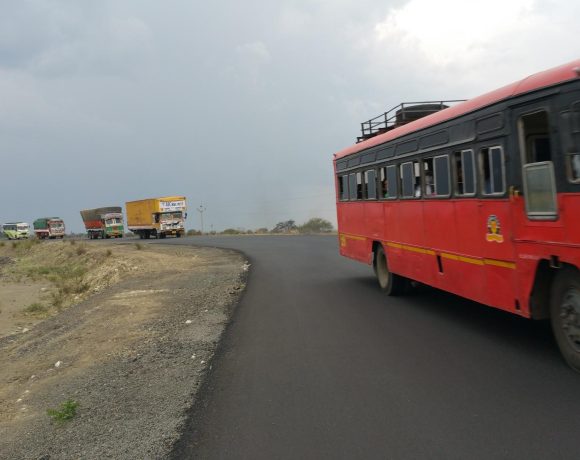
India Boosts Oil Imports from Russia, US Amid Gulf Crisis
India is rapidly reshaping its oil import strategy by ramping up purchases from Russia, the United States, Africa, and Latin America, as tensions in the Middle East threaten the reliability of traditional Gulf-based supplies. The move comes as geopolitical risks escalate in the Strait of Hormuz, a vital maritime chokepoint that handles nearly half of India’s oil cargo traffic.
According to industry data, Indian refiners imported between 2.0 and 2.2 million barrels per day (bpd) of crude oil from Russia in June—marking the highest level in nearly two years. This volume eclipsed the combined imports from long-time Gulf suppliers including Saudi Arabia, Iraq, the UAE, and Kuwait.
Diversifying Supply Chains
India’s pivot isn’t limited to Russia. Crude imports from the United States rose sharply from 280,000 bpd in May to approximately 439,000 bpd in June. Additional volumes have been secured from West Africa and Latin American countries, part of a deliberate diversification strategy to reduce reliance on Gulf routes.
This diversification not only allows India to navigate around potential chokepoints like the Strait of Hormuz but also strengthens energy security by spreading risk across multiple supplier regions.
Strategic Rationale Behind the Move
Officials maintain that this is not a panic-driven response, but a well-planned strategic adjustment. With Iranian threats to close the Strait of Hormuz following rising tensions with Israel and the United States, India is seeking to insulate its economy from potential supply shocks.
Oil Minister Hardeep Singh Puri has reassured that the country holds sufficient strategic reserves to absorb short-term disruptions. However, the current procurement strategy reflects a long-term vision of energy independence and crisis-resilient sourcing.
Economic and Diplomatic Implications
The shift also signals a maturing energy policy where India is no longer a passive buyer but an active negotiator in global oil markets. By leveraging discounted Russian crude, expanding ties with U.S. producers, and engaging new partners in Africa and Latin America, India is building a more balanced and flexible energy portfolio.
This approach is expected to buffer domestic fuel prices, reduce logistical vulnerabilities, and stabilize economic planning even amid global turmoil.
With the Strait of Hormuz hanging in the balance, India’s calculated diversification in oil imports showcases a bold strategic response to emerging risks and confirms its growing assertiveness in global energy diplomacy.
Meta Tags:
oil imports, energy security, Gulf crisis


















